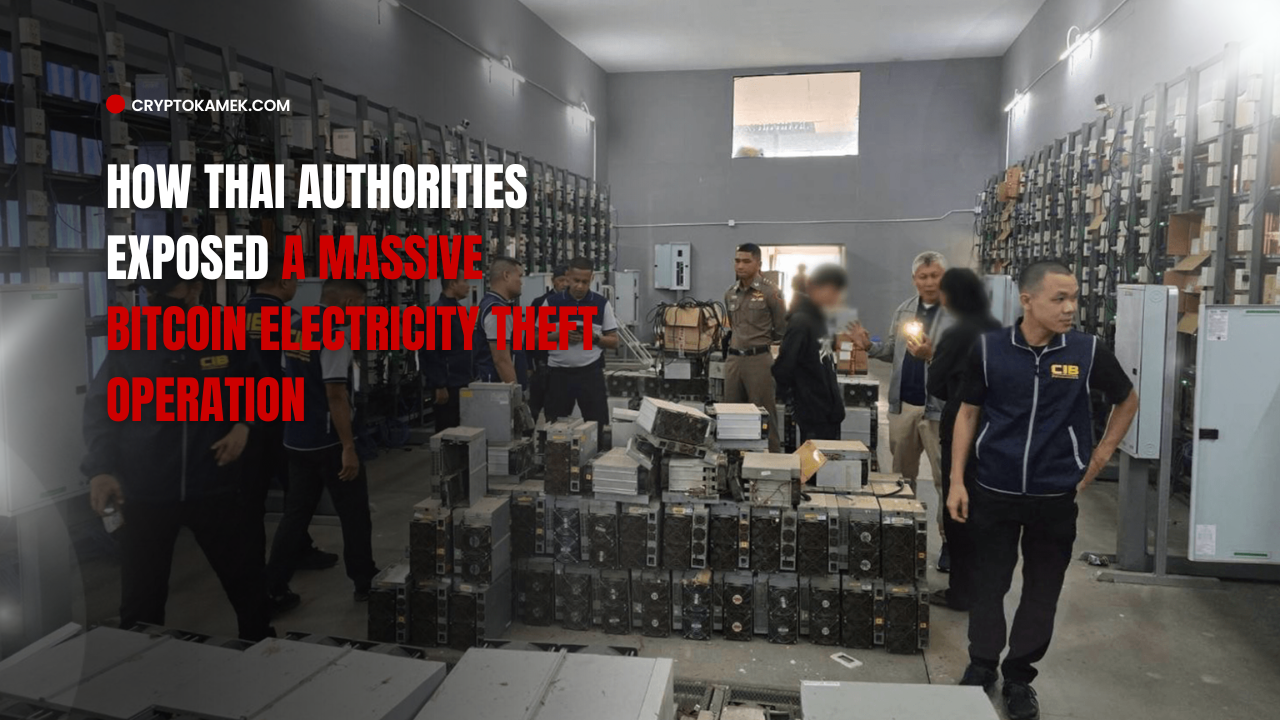

Brazil’s Central Bank Proposes Stablecoin Withdrawal Ban
In a move that’s sending shockwaves through the world of cryptocurrency, Brazil’s Central Bank (BCB) has proposed a ban on the withdrawal of stablecoins to self-custody wallets. This bold decision, announced on November 29, 2024, marks a significant shift in how the country views digital assets. But what exactly does this proposal mean for users, exchanges, and the broader crypto landscape? Let’s break it down and explore the potential consequences.
What Is the Proposal About?
At the heart of this proposal is a restriction that would stop centralized exchanges (CEXs) from allowing users to transfer stablecoins — digital currencies pegged to fiat currencies like the US dollar — to private wallets. Instead, stablecoins would need to stay within exchanges or regulated custodial systems. In essence, Brazil is aiming to create more oversight and control over digital assets, while bringing them in line with traditional financial regulations.
This proposal is currently open for public consultation until February 28, 2025, giving stakeholders a chance to weigh in before the rules are set in stone. So, what’s driving this change?
Why Is Brazil Taking This Step?
The Central Bank of Brazil has a few important reasons behind its move:
1. Enhancing Financial Oversight
With the rapid growth of digital assets, governments are finding it harder to monitor and control the flow of money in and out of their economies. Brazil’s Central Bank sees this proposal as a way to strengthen its oversight of crypto transactions and reduce the risk of illicit activities, such as money laundering and fraud. By restricting the ability to move stablecoins to private wallets, they aim to ensure that all transactions remain traceable within the regulated financial ecosystem.
2. Aligning with Global Trends
Brazil is not alone in this regulatory shift. Countries around the world, particularly in the G7 group of nations, have been tightening their grip on stablecoins as they become more integrated into the global financial system. Brazil’s proposal is in line with global efforts to ensure that digital assets follow the same rules that govern traditional money and investments.
3. Safeguarding Capital Flows
Brazil’s economy is heavily dependent on international trade, and stablecoins are often used in cross-border transactions. By regulating stablecoins more strictly, the BCB aims to protect the flow of capital in and out of the country, ensuring that the crypto market doesn’t destabilize the economy.
Key Aspects of the Proposal
Let’s take a closer look at the specifics of the BCB’s proposal:
1. Restrictions on Withdrawals to Private Wallets
Centralized exchanges (CEXs), which are platforms like Binance, Coinbase, and others, would no longer be able to facilitate the transfer of stablecoins to self-custodial wallets. This means that users who want to hold their stablecoins in private wallets — outside of exchanges — would no longer be able to do so legally within Brazil.
2. Regulatory Compliance for Investments
The proposal also requires that all cryptocurrency investments, including stablecoins, comply with the same regulatory standards as traditional financial investments. This includes anti-money laundering (AML) and know-your-customer (KYC) regulations, ensuring that all crypto transactions meet the legal requirements that apply to the broader financial system.
3. Foreign Exchange Licensing for Exchanges
For exchanges to offer services related to stablecoins, they must obtain foreign exchange licenses. This adds another layer of regulatory oversight to ensure that exchanges are operating within a legal framework that can handle the complexities of stablecoin transactions.
The Rationale Behind the Ban
The BCB’s proposal is rooted in a few key motivations:
1. Combatting Illicit Activities
The primary reason for restricting self-custody of stablecoins is to reduce the potential for illegal activities. When funds are held in private wallets, they become harder to trace, making it easier for bad actors to use them for money laundering, terrorism financing, or other illicit purposes. By keeping stablecoins within regulated exchanges, the BCB hopes to tighten its grip on these risks.
2. Ensuring Financial Stability
Stablecoins, while designed to maintain a stable value, are still a relatively new and volatile asset class. By placing more regulations on their movement and ensuring they stay within established systems, the BCB aims to minimize the chance of destabilizing events, such as a massive run on stablecoins or sudden price fluctuations that could ripple through the economy.
3. Global Regulatory Alignment
Brazil’s move also reflects a broader global trend. Countries like the United States, the European Union, and Japan are increasingly focusing on regulating stablecoins. By adopting similar policies, Brazil ensures it remains in line with international standards, which could facilitate smoother interactions with global financial markets.
Market Context and Implications
To fully understand the potential impact of this proposal, it’s important to take a look at the broader market context.
Brazil has witnessed a tremendous surge in cryptocurrency adoption. Between July 2023 and June 2024, more than $90 billion worth of digital assets were traded in Brazil. Of that total, stablecoins made up a massive 71.4% of all crypto transactions in September 2024. This highlights just how crucial stablecoins have become in both domestic and international trade.
But what will happen to users and businesses in the country if this proposal goes through?
Potential Impact on Users and the Crypto Industry
While the proposal is being presented as a necessary step toward financial security and global alignment, there are a number of potential consequences that could affect users and the industry as a whole.
1. User Autonomy Concerns
One of the biggest criticisms of this proposal is that it limits the autonomy of users. The ability to withdraw stablecoins to self-custody wallets has been one of the key appeals of crypto. It offers users greater control over their assets without relying on third-party intermediaries. The ban on withdrawals to private wallets could erode trust in the system and discourage people from using cryptocurrencies for fear of losing control over their funds.
2. Stifling Innovation
By restricting how users interact with stablecoins, the ban could also hinder innovation in decentralized finance (DeFi) and blockchain technology. Many DeFi protocols rely on users being able to freely move assets between wallets to take advantage of liquidity pools, lending platforms, and other services. A restriction on stablecoin withdrawals could limit the growth of these emerging technologies.
3. Increased Centralization
With this proposal, the reliance on centralized exchanges would likely increase. While CEXs offer convenience and user-friendly interfaces, they are also prime targets for hackers. Centralized exchanges have suffered several high-profile hacks over the years, and increasing reliance on these platforms could heighten security concerns.
The Public Consultation Process
One of the most important aspects of this proposal is the public consultation period. The BCB is seeking feedback from various stakeholders, including crypto investors, exchanges, legal experts, and the general public, to ensure that the regulations align with the needs of the market. This consultation period is open until February 28, 2025, so there’s still time for individuals and organizations to have their voices heard.
While the BCB has emphasized that public input is welcome, it’s important to note that the final decision rests with the Central Bank. This means that while the consultation period could influence the regulations, it’s not guaranteed that any changes will be made based on feedback.
Conclusion
Brazil’s proposed ban on stablecoin withdrawals to self-custody wallets is a landmark moment in the regulation of digital assets. On the one hand, it promises to enhance financial oversight and protect the economy from potential risks. On the other hand, it raises serious concerns about user autonomy, the potential stifling of innovation, and the increased centralization of the crypto market.
As Brazil moves forward with these regulations, it will be crucial for all stakeholders to engage in meaningful conversations and ensure that the country’s approach to stablecoin regulation strikes the right balance between financial stability and technological progress. The outcome of this proposal could shape the future of cryptocurrency regulation, not just in Brazil, but in countries around the world.






